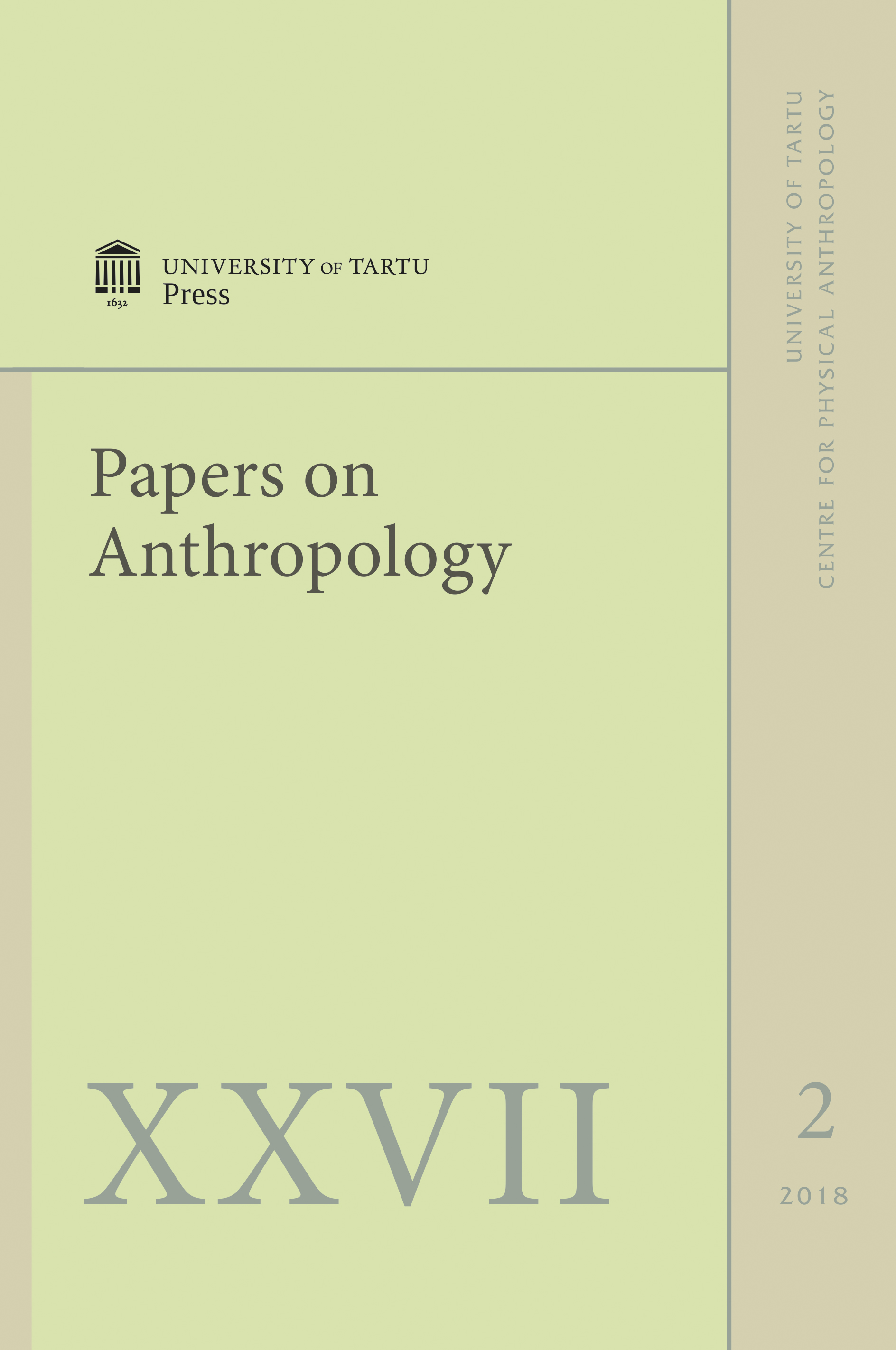Proficiency of Attack in volleyball and its relations with anthropometric characteristics in U-16 boys
DOI:
https://doi.org/10.12697/poa.2018.27.2.08Keywords:
volleyball, adolescent, anthropometry, proficiencyAbstract
Attack has a very significant role in volleyball. It can be considered one of the most essential elements for scoring points. To perform successful attacks, certain body build characteristics are needed, which would facilitate the training of attack competence.
The aim of the current study was to assess the performance of attack by boys of the U-16 age group considering their body build and to analyse the differences of attack in sets won and lost. To achieve the aim of the study, we had to solve the following tasks.
1. To assess the boys’ body build based on height and weight in 5SD body build classes.
2. To analyse the players’ proficiency at attack depending on their body build.
3. To find the main differences in attack in sets won and lost.
The number of boys studied was 66, and they all belonged to the eight best U-16 age group teams at the Estonian volleyball championships of 2017. The study showed that spikes were performed most sucessfully by boys belonging to the big and leptomorph classes. The comparison of sets won and lost revealed that statistically significant differences were not caused by the number of points won at attack but by the number of failed spikes. In the sets won, the boys made statistically significantly fewer errors at spike.

